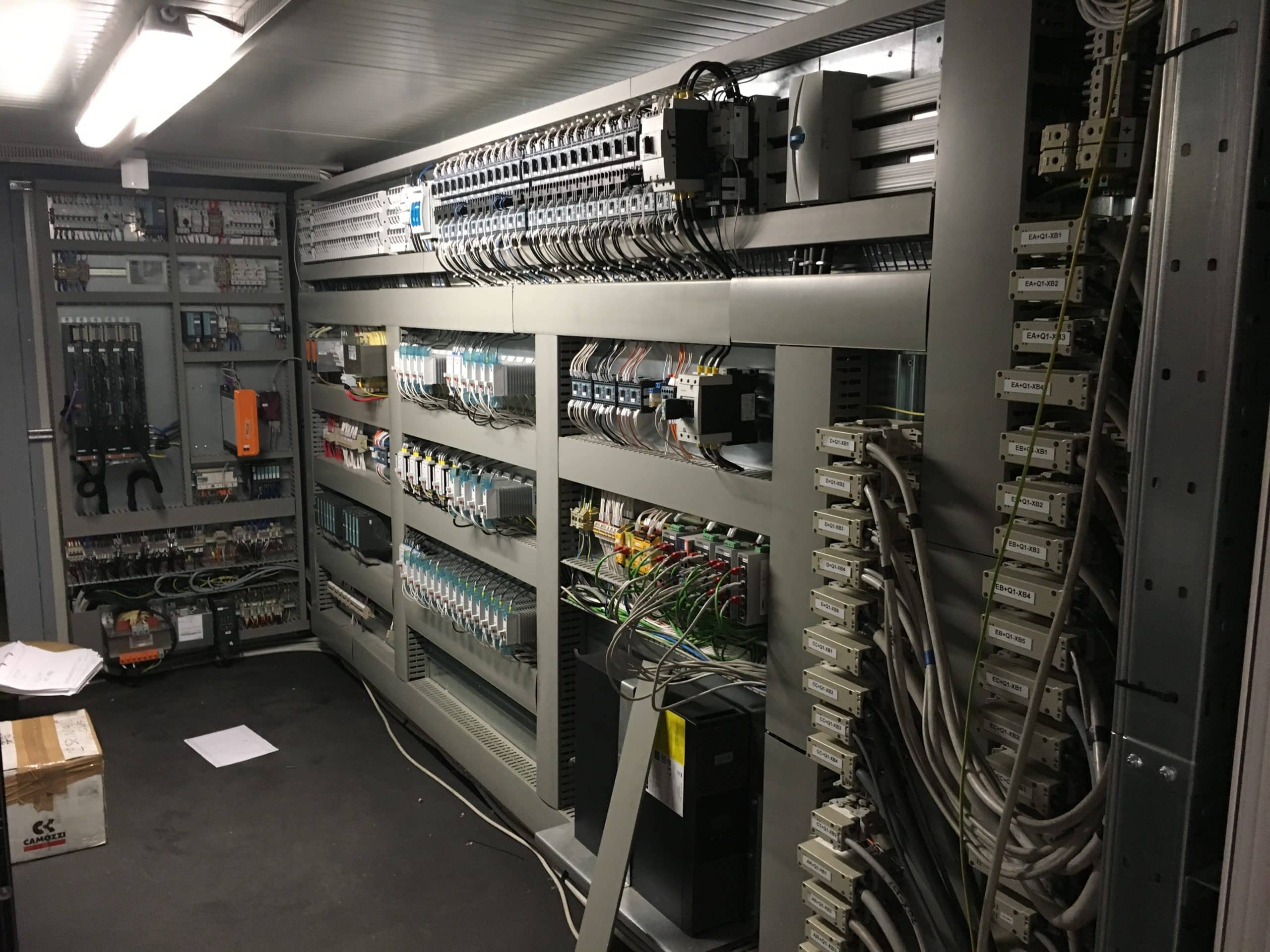Last edit: 18/04/2023
The CE marking indicates the conformity of the product with the Union legislation applying to the product and providing for CE marking. The CE marking is affixed on products that are placed on the EEA and Turkish market, whether they are manufactured in the EEA, in Turkey or in another country.
The CE marking is a key indicator (but not proof) of a product’s compliance with EU legislation and enables the free movement of products within the European market.
The CE marking indicates that a product complies with all the applicable EHSRs (Essential Health and Safety Requirements) of all the applicable Product Directives. The CE marking is the visible consequence of a whole process comprising conformity assessment in a broad sense and indicates that a product is declared by the manufacturer as in conformity with Union harmonisation legislation.
Shall Control Panel be CE Marked?

A Machinery shall be CE Marked before it is placed on the market or put into service or use. Normally a Machinery has an Electrical Equipment made of one or more control panels and components “in the field”.
The Control panel is often engineered and manufactured by a different producer then the machinery itself and it falls under the Low Voltage Directive 2014/35/EU (if powered above 50Vac).
In the 1999 edition of the Blue guide the following was stated:
Placing on the market is considered not to take place where a product is:
- [….]
- transferred to a manufacturer for further measures (for example assembling, packaging, processing or labelling).
That was interpreted in the following way: Manufacturer P of the control Panel sells to Manufacturer M of the Machinery and is not obliged to CE Mark its product.
In the 2014 edition (same language in the 2022 edition) of the same guide the sentence was modified, and it now reads:
[Blue Guide 2022] 2.3. Placing on the market
Placing on the market is considered not to take place where a product is:
- [….]
- transferred for testing or validating pre-production units considered still in the stage of manufacture;
In other terms: manufacturer “P1” of a part of the control panel sells it to the final manufacturer “P2”, who assembles the product and sells it to “M”. P2 has to CE mark the product before it is transferred to “M”.
It is important to clarify that the CE Marking is valid for customised control panels as well, in other terms Control Panels that are unique.
As for “making available”, the concept of placing on the market refers to each individual product, not to a type of product, and whether it was manufactured as an individual unit or in series.
All that to say that Control Panels used in Machineries have to be CE Marked by the company who engineered and manufactured it.
Not all experts think that way. There is a school of thought that strasses the fact that there is no specific product standard for Industrial Control panels in Europe: therefore the product cannot be CE Marked. The only way to support that reasoning is to demostrate the ICP is not a product falling under the Low Voltage Directive, in other terms it is not an Electrical Equipment. Here the definition taken from the Guide to the LVD:
Electrical Equipment: item used for such purposes as generation, conversion, transmission, distribution or utilisation of electrical energy, such as machines, transformers, switchgear and controlgear, measuring instruments, protective devices, wiring material, current-using equipment.
Nobody argues a swichgear must be CE Market – it actually has a product standard: EN 61439-1. Than, what is the difference between a Distribution Panel and an Industrial Control Panel? An ICP is not an Electrical Equipment, falling under the LVD, because it does not have a specific product standard? We consider that reasoning "weak".